In partnership with WVIA, with support from Coterra Energy, we’re bringing you a look behind the scenes at some of Northeastern Pennsylvania’s most successful manufacturing operations. Join us as we get to know the companies, the unique products and the hardworking people leading the way in reestablishing NEPA as a driving force in global manufacturing.
Follow along on this 10-part series that explores NEPA @ Work.
It All Kind of Started with a Sock
Silver, one of earth’s ancient metals, has been used by just about every civilization throughout measured time. From the River Valley Civilizations through the Greeks and Romans to Mesoamerica and beyond, this precious metal was exchanged as currency and used to make jewelry, tableware and weapons. Soon, due to its natural antibacterial and antimicrobial properties, silver even found its way into the medical field. That thread continues today, several millennia later, on Scranton’s South Side.
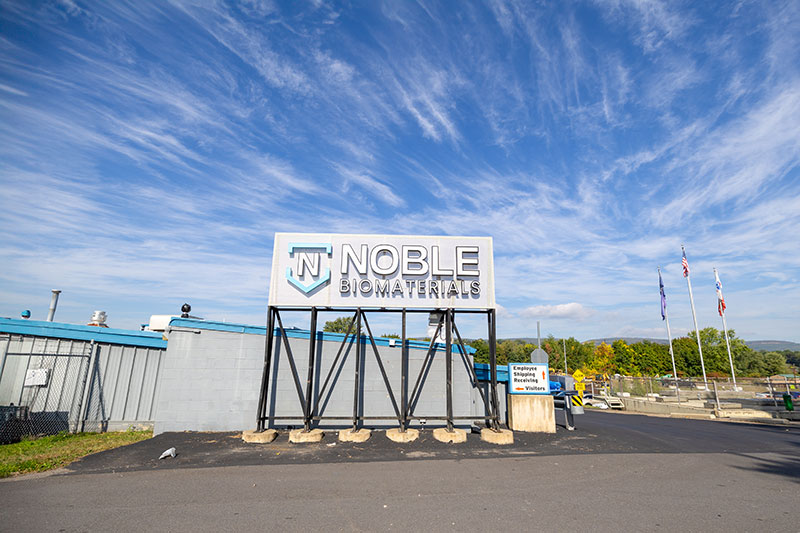
You might be wearing it right now.
About 27 years ago, a pair of entrepreneurs, fascinated by silver’s preserving and healing qualities, found themselves wondering just how this remarkable metal with all of its potential applications wasn’t being used commercially. Joel Furey and Bill McNally, both avid hikers and all-around athletes, identified one particular application that would eventually change the game when it came to commercial athletic apparel.
In 1997, they founded Noble Biomaterials. Immediately, they set to work on the idea that silver fibers woven into everyday athletic garments would eliminate the bacteria-induced smell that naturally accompanied sweat. Finally, after a few years of testing, they entered the commercial marketplace with a “no-stink antimicrobial sock liner.” The product was a hit among avid hikers and skiers.
And it propelled Noble Biomaterials into a global phenomenon.
An Intelligent Materials Company

Standing in the footprint of A Scranton textile giant
Throughout the 19th and 20th centuries, the city of Scranton made a name for itself on the global industrial stage. With the abundance of anthracite coal being mined throughout the Wyoming Valley, the city rose to prominence as a producer of iron and steel. At roughly the same time, while those furnaces blazed away, a rather formidable textile industry began to take shape. In a matter of decades, the city was producing a third of all the silk in the U.S. At one point, there were over 40 silk mills operating in Scranton. The Saquoit Silk Company, located on Fig St., was the largest such operation in the region.
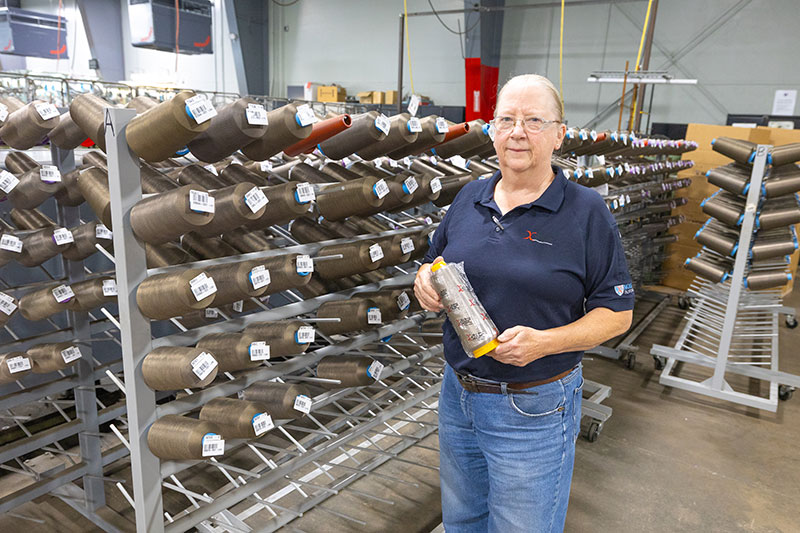
“This place is the best kept secret in South Scranton.” – Sue Courtright, VP of Engineering and Facilities, Noble Biomaterials
In 1996, what remained of the former Saquoit Silk Mill was lost to a fire. One year later, Noble Biomaterials set up operations in its footprint resurrecting the dormant legacy of textile production on the South Side. Today, 27 years since its founding, Noble has grown into a multi-product, multi-national enterprise. The company’s reach now extends from its global headquarters in Scranton to four continents.
People know Chamberlain or General Dynamics and the 55-millimeter shells they make, but, you know, six blocks down the street is a company that’s making product for medical bandages, medical surveillance of patients and high-performance apparel so you can sweat and never stink. And the list goes on. And it’s just absolutely fascinating that this is hidden in South Scranton.
A Multi-Industry-Spanning Technology

From everyday athletic performance wear to hiking boots to high tech aerospace applications
The idea behind Noble’s product lines seems simple enough. When we are active, we sweat. When sweat reacts with bacteria that lives on our skin, it creates an odor. Silver is naturally antimicrobial and antibacterial. Therefore, find a way to incorporate silver into clothing, motorcycle helmet linings, hockey gloves and all manner of active wear or utility wear and you have cleaner, less stinky products.
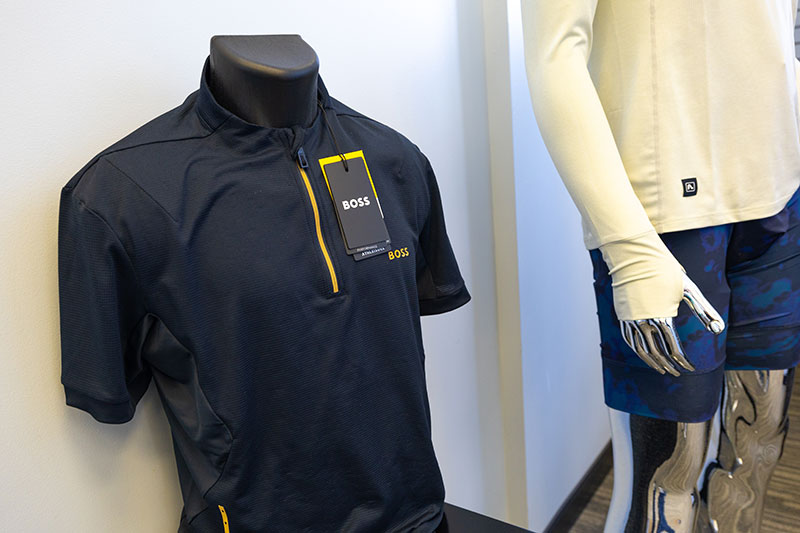
A seemingly endless list of applications
Now, for the hard part. Before the manufacturing process even starts Noble’s research & development team, their chemists and engineers working alongside clients, meticulously research and test products to meet uniquely dialed-in specifications. Whether it’s for a sports bra or a firefighter’s jacket, every spool of thread is designed to meet and perform very specific functionalities. “We’re the middle person,” says Sue Courtright, Noble’s Vice President of Engineering and Facilities. “We buy foam. We buy nylon fabrics. And then we electrolessly plate silver on those substrates and they become the raw material for performance apparel, bandages, life vests, stealth protection of our war fighters, conductivity applications.”
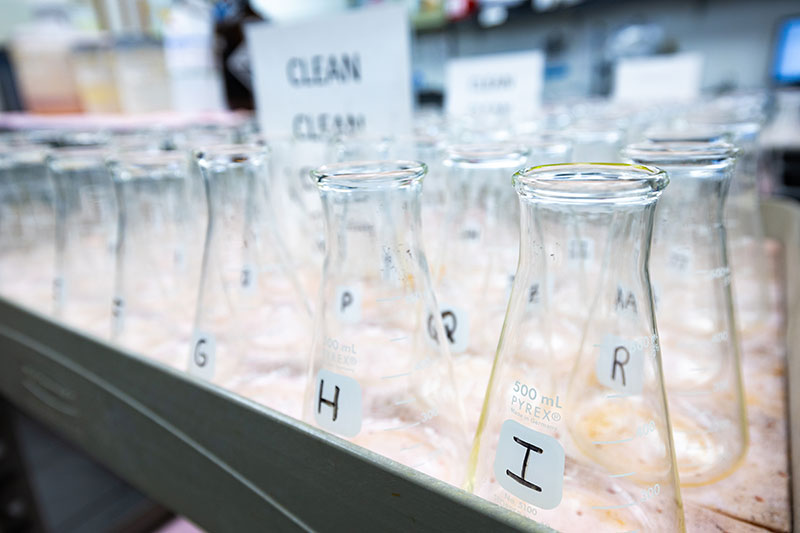
And here’s how it works in that shirt you’re wearing
It’s all about high school chemistry according to Courtright. “Silver is the most conductive material there is on earth.” And when in the presence of heat and moisture, like all heavy metals do, it eludes ions. And these ions are the key. “They get into the bacteria and destroy them,” Courtright says. “So, if you have silver and it’s moistened, it just goes to town killing bacteria.”
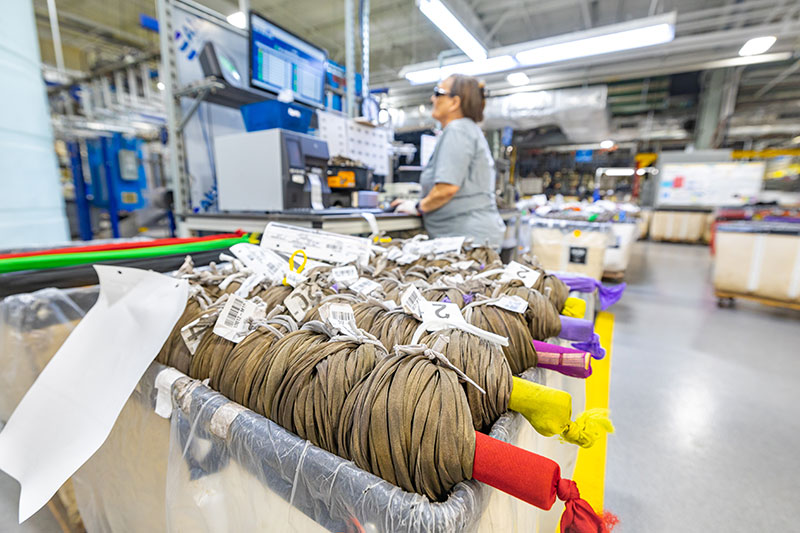
Durable, long-lasting products
Noble’s system first prepares the nylon by running it through a catalyst. This process makes the nylon ready to accept the silver and from there a covalent bond attaches the silver to the nylon thread or foam. And it’s not exactly something that wears away or washes off. “Generally, we see the fabric fail before the silver lets go,” Courtright states. Their on-site lab testing reveals that Noble’s silver remains just as effective at killing microbes from its initial wash up to its 250th run through the laundry.
A Local Idea with Global Reach
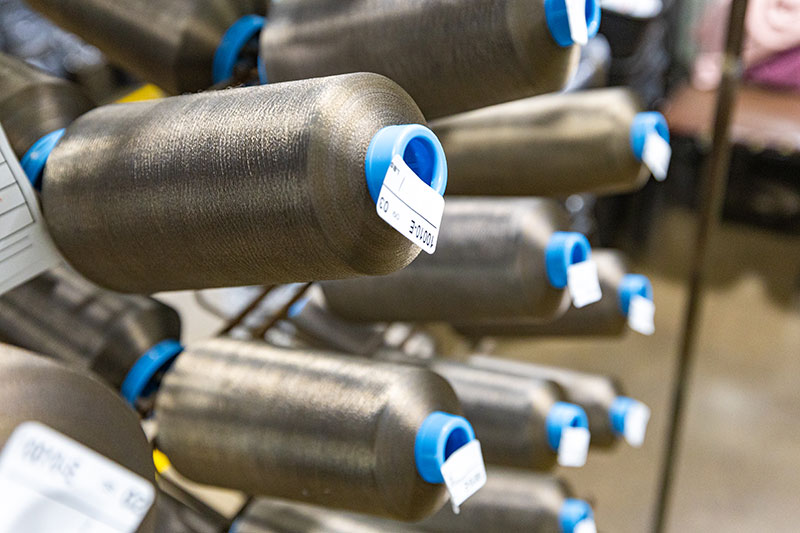
The technology is being embraced by industries across the board
Noble products span four completely different industries: life & style, health & medical, electronics & industrial, aerospace & defense. Along with the antimicrobial, anti-odor applications in athletic wear, Noble’s metallized threads can also be used in medical bandages and diagnostic tools, conductive fabrics that integrate electronic devices and clothing, signal blocking technology and so much more. Today, you’ll find Noble Biomaterials in brands like Lululemon, Athleta, Mack Weldon and Ariat to name just a few.
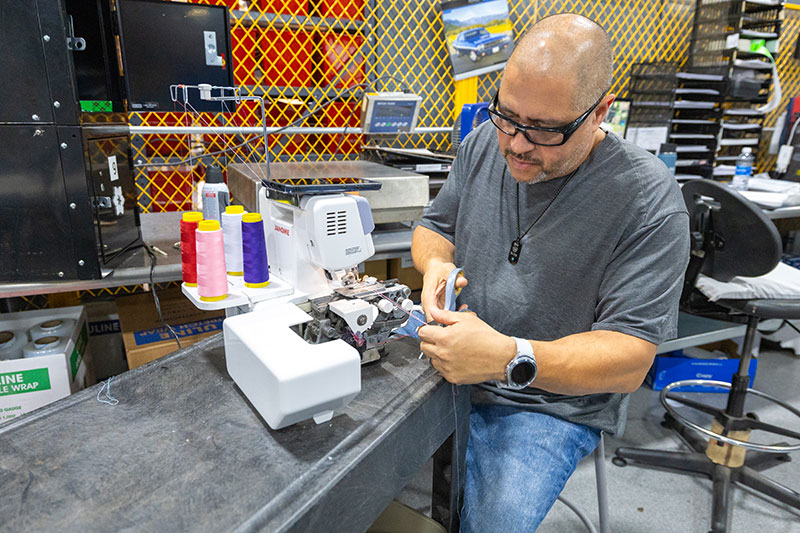
“We all work together really well. We really strive to support each other. And it’s working.” — Sue Courtright
Altogether, Noble Biomaterials is made up of 160 employees. Of those, 140 work at the Scranton headquarters. About 20 are spread out over their global footprint. “As far as the hourly workforce is concerned, they’re all locals,” says Courtright. “We have a little bit of everyone from everywhere.” From the production floor to the R&D labs to the executive offices, Noble represents a wide cross section of Northeastern Pennsylvania. Courtright continues with a laugh, “I think we speak 10 different languages on the floor. Our cafeteria is like the United Nations. It’s really cool.”

The future is bright, clean and odor-less
With an eye constantly trained on innovation, and its feet rooted firmly in the long, storied textile tradition of the Electric City, Noble Biomaterials finds itself comfortably positioned for a future of sustainable growth and clean, un-stinky success. And it’s all happening right here on the South Side. “How cool is that?” Courtright asks.
Since its founding in 1997, Noble Biomaterials has become a sustainability leader in the industry. Their extensive work in research and development has led to the creation of Noble’s Sustainable Working Committee, a team of senior management professionals dedicated to monitoring and delivering best sustainability practices, social responsibility and regulation.
Some of Noble’s ongoing efforts include reducing water usage through more durable, longer-lasting fabrics that require less laundering, creating fibers using recycled polymers and recovering and recycling silver used in their products in order to sustain natural resources.

DiscoverNEPA and WVIA are proud to highlight the tremendous manufacturing organizations and opportunities within our region. We offer a special thank you to Coterra Energy for generously supporting this project.




































